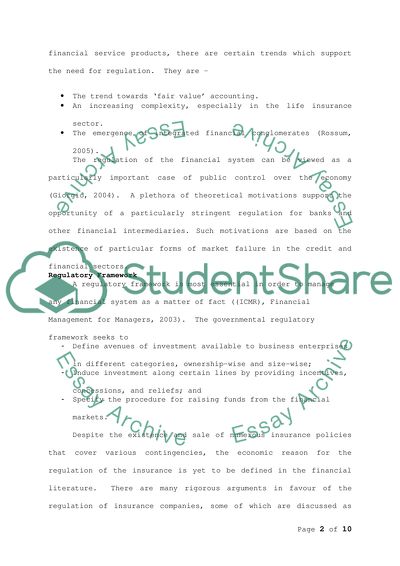Cite this document
(“Why have many governments found it necessary to regulate the terms, Essay”, n.d.)
Why have many governments found it necessary to regulate the terms, Essay. Retrieved from https://studentshare.org/miscellaneous/1503931-why-have-many-governments-found-it-necessary-to-regulate-the-terms-conditions-and-processes-in-the-sale-of-insurance-and-financial-services-products
Why have many governments found it necessary to regulate the terms, Essay. Retrieved from https://studentshare.org/miscellaneous/1503931-why-have-many-governments-found-it-necessary-to-regulate-the-terms-conditions-and-processes-in-the-sale-of-insurance-and-financial-services-products
(Why Have Many Governments Found It Necessary to Regulate the Terms, Essay)
Why Have Many Governments Found It Necessary to Regulate the Terms, Essay. https://studentshare.org/miscellaneous/1503931-why-have-many-governments-found-it-necessary-to-regulate-the-terms-conditions-and-processes-in-the-sale-of-insurance-and-financial-services-products.
Why Have Many Governments Found It Necessary to Regulate the Terms, Essay. https://studentshare.org/miscellaneous/1503931-why-have-many-governments-found-it-necessary-to-regulate-the-terms-conditions-and-processes-in-the-sale-of-insurance-and-financial-services-products.
“Why Have Many Governments Found It Necessary to Regulate the Terms, Essay”, n.d. https://studentshare.org/miscellaneous/1503931-why-have-many-governments-found-it-necessary-to-regulate-the-terms-conditions-and-processes-in-the-sale-of-insurance-and-financial-services-products.


